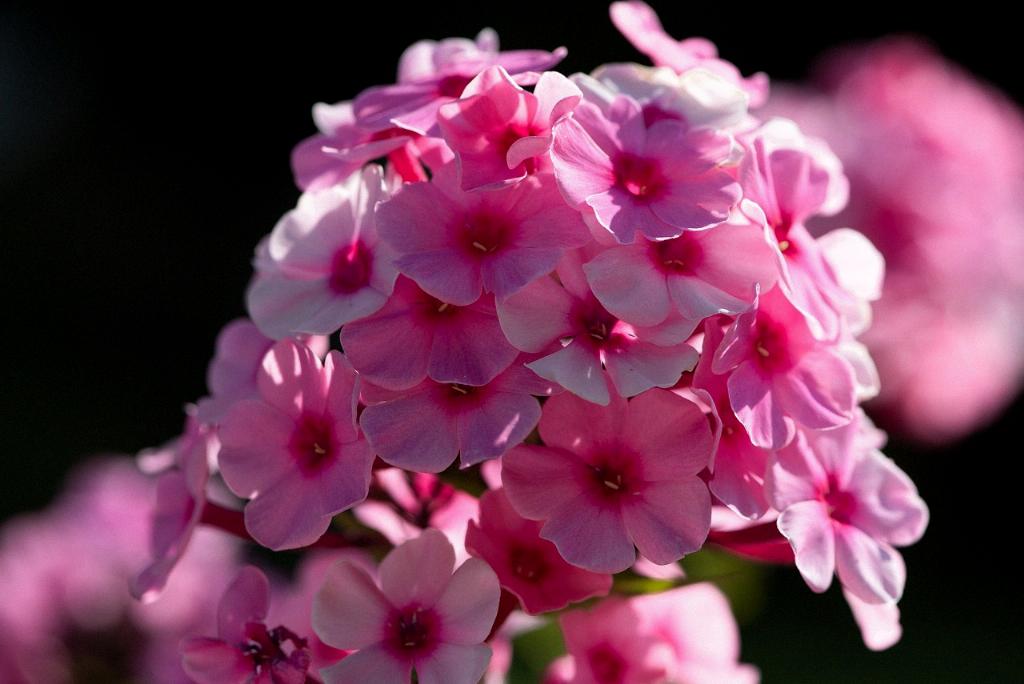Phlox is a popular flowering plant known for its bright and colorful blooms. It comes in various varieties, including creeping phlox, woodland phlox, and garden phlox. These plants add a vibrant touch to gardens and landscapes, attracting bees and butterflies with their nectar-rich flowers.
Potential Dangers of Phlox to Cats
One common concern among pet owners is whether phlox is toxic to cats. The good news is that phlox is generally safe for feline friends. Phlox leaves, stems, and flowers are non-toxic to cats and kittens. This means that if your curious cat nibbles on a phlox plant in your garden, it is unlikely to cause any harm.
Signs of Poisoning in Cats from Phlox
While phlox itself is not poisonous to cats, it’s essential to be aware of potential signs of poisoning from other harmful plants in your garden. If your cat shows symptoms such as vomiting, diarrhea, lethargy, or difficulty breathing after ingesting any plant, including phlox, it’s crucial to seek immediate veterinary care.
Steps to Take If Your Cat Ingests Phlox
If you suspect that your cat has eaten phlox or any other plant and is showing signs of distress, contact your veterinarian right away. It’s helpful to provide information about the plant ingested, the symptoms you’ve observed, and the time of ingestion. Your vet may recommend monitoring your cat’s condition at home or bring them in for evaluation.
Alternatives to Phlox for Cat-Safe Gardens
If you have concerns about your cat’s curiosity around plants in your garden, consider incorporating cat-friendly alternatives to phlox. Catnip, cat grass, and valerian are safe options that can provide stimulation and enrichment for your feline companion without posing any toxicity risks.

Conclusion
In conclusion, phlox is not poisonous to cats, making it a safe addition to your garden if you have curious feline friends roaming around. However, it’s essential to be mindful of other potentially toxic plants in your garden and to take prompt action if your cat shows any signs of poisoning. By creating a cat-friendly environment and being aware of potential hazards, you can ensure a safe and enjoyable space for both your cat and your garden plants.
